Introduction to Exclusive Distribution Agreements
Exclusive distribution agreements are a crucial component of business partnerships, particularly in the realms of manufacturing, distribution, and sales. These agreements outline the terms under which one party, known as the distributor, is granted the sole right to sell a product or service within a specified territory. This exclusivity can be a powerful tool for manufacturers looking to establish a strong market presence and for distributors aiming to secure a competitive advantage. In this article, we will provide an English template for an exclusive distribution agreement, covering the essential elements that should be included to ensure a legally binding and mutually beneficial arrangement.
Structure of the Exclusive Distribution Agreement
An exclusive distribution agreement typically follows a structured format, which includes the following sections:
1. Recitals
The recitals section provides background information about the parties involved and the purpose of the agreement. It often includes a statement of the parties' intentions and the reasons for entering into the agreement.
2. Definitions
This section defines key terms used throughout the agreement to ensure clarity and avoid ambiguity. Commonly defined terms include "exclusive rights," "distributor," "manufacturer," "product," "territory," and "term." For example:
“Exclusive Rights” means the exclusive right to sell and distribute the Products within the Territory during the Term of this Agreement.
“Distributor” refers to [Distributor’s Name], located at [Distributor’s Address].
“Manufacturer” refers to [Manufacturer’s Name], located at [Manufacturer’s Address].
“Product” means the [description of the product or service].
“Territory” means [specified geographical area].
“Term” means the period of time during which the exclusive rights granted to the Distributor shall be in effect.
3. Grant of Exclusive Rights
This section outlines the specific terms of the exclusive rights granted to the distributor. It includes the scope of the rights, such as the types of sales (retail, wholesale, etc.), the duration of the exclusivity, and any limitations or conditions attached to the exclusive rights.
4. Obligations of the Manufacturer
The manufacturer's obligations typically include providing the distributor with the necessary products, technical support, marketing materials, and training. The agreement should specify the quantities, delivery schedules, and quality standards for the products to be supplied.
5. Obligations of the Distributor
The distributor's obligations may include maintaining certain levels of sales, adhering to pricing and promotional policies, ensuring compliance with local laws and regulations, and participating in joint marketing initiatives. The agreement should clearly define the expectations and responsibilities of the distributor.
6. Marketing and Sales Support
This section outlines the marketing and sales support that the manufacturer will provide to the distributor. This may include co-branded marketing materials, participation in trade shows, and joint advertising campaigns.
7. Exclusive Territory and Non-Compete Clauses
The agreement should specify the geographical boundaries of the exclusive territory and any non-compete clauses that restrict the distributor from selling similar products in the same territory.
8. Pricing and Payment Terms
This section details the pricing structure for the products, payment terms, and any discounts or rebates that may apply. It should also address currency and payment methods.
9. Intellectual Property
This section addresses the ownership and usage of intellectual property related to the products. It should specify the rights and obligations of both parties regarding trademarks, patents, and copyrights.
10. Term and Termination
The agreement should specify the duration of the exclusive distribution rights and the conditions under which either party can terminate the agreement. This may include breach of contract, non-compliance with terms, or mutual agreement.
11. Governing Law and Dispute Resolution
This section identifies the governing law that will apply to the agreement and the mechanism for resolving disputes, such as arbitration or litigation.
12. Miscellaneous Provisions
This section includes any additional terms that are not covered elsewhere in the agreement but are deemed important, such as confidentiality, insurance requirements, and amendment procedures.
Conclusion
Creating a comprehensive and clear exclusive distribution agreement is essential for the success of any distribution partnership. By following the structure and guidelines outlined in this template, manufacturers and distributors can establish a strong foundation for their collaboration, ensuring that both parties are protected and that the agreement aligns with their business
转载请注明来自五盾国贸,本文标题:《独家经销协议英文范本,独家销售协议英文版 》

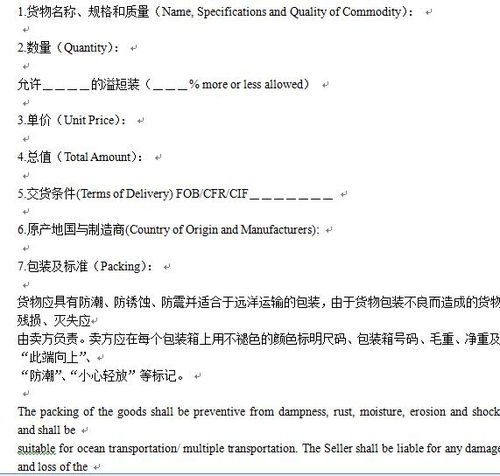




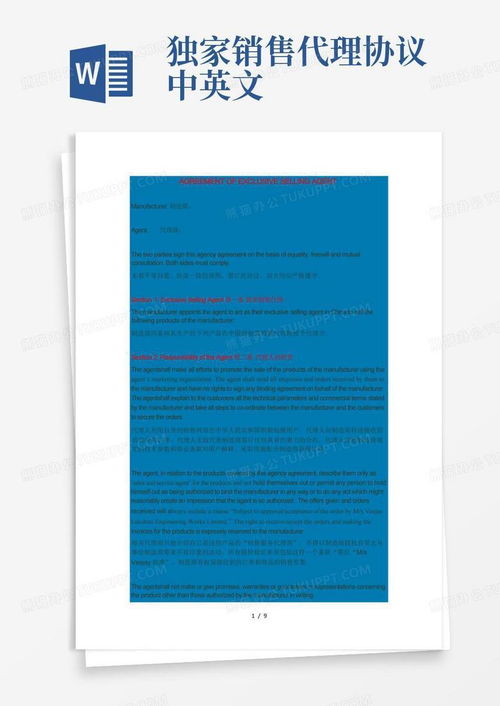
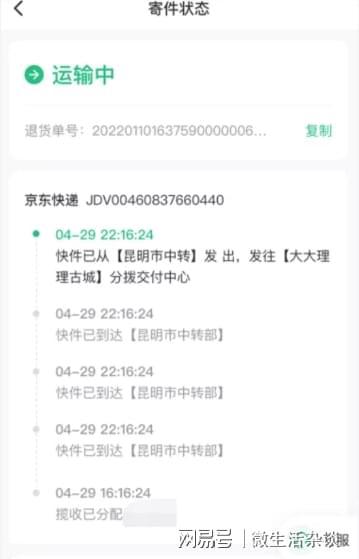
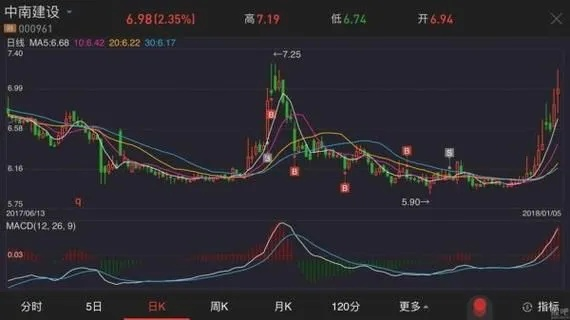
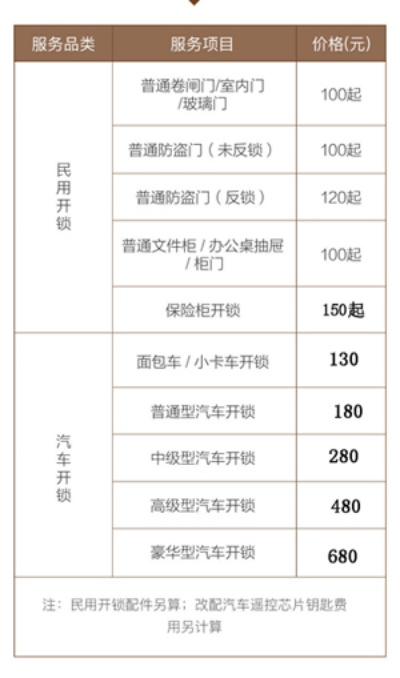




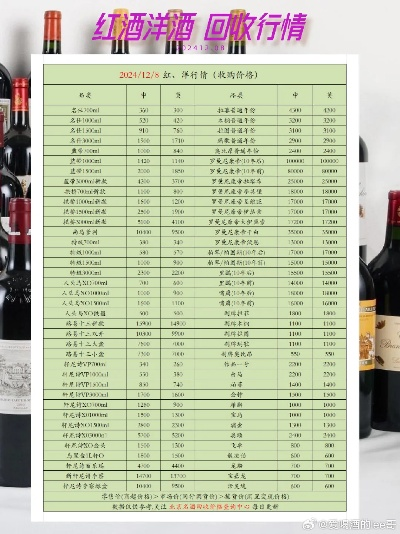
 蜀ICP备2022005971号-1
蜀ICP备2022005971号-1
还没有评论,来说两句吧...